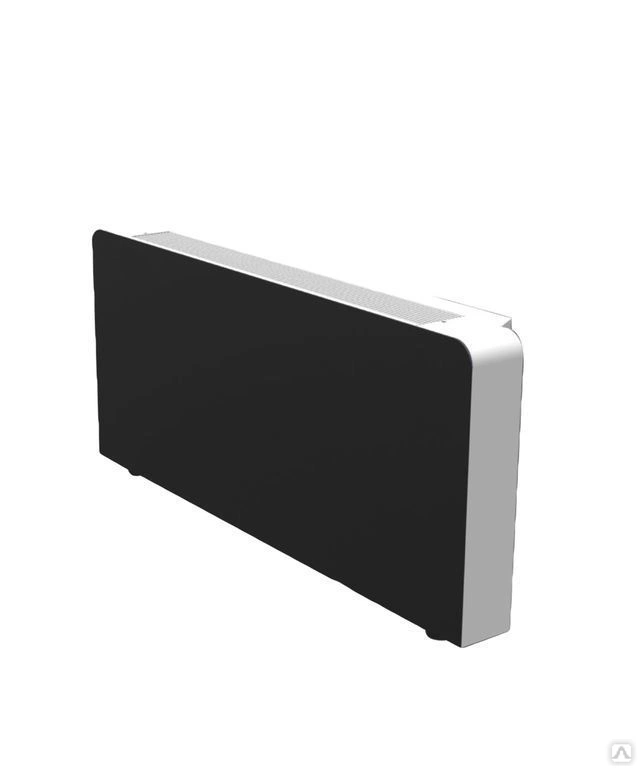A dehumidifier is a valuable addition to your home as it promotes a more comfortable and healthy living environment. It removes excess moisture from the air, which can otherwise lead to mould growth, dampness, and poor indoor air quality. A dehumidifier helps keep your space dry, improves air quality and mitigates the risks associated with high moisture levels.
Many homeowners assume that once a dehumidifier is installed, it will continue to work without any care. Neglecting its upkeep can reduce its functionality and increase energy consumption. Whether you have a flour-standing or wall-mounted dehumidifier, regular maintenance is crucial to keep it functional and improve its durability. In this post, we will tell you how to maintain and clean it.
A Stepwise Guide to Maintain Your Dehumidifier
Step 1: Unplug the Dehumidifier for Safety
Before you begin the maintenance or cleaning process, unplug your dehumidifier. This is an essential safety step to avoid electrical shocks or malfunctions while cleaning. Handling any electrical appliances while they’re plugged in can cause severe injury. Safely disconnect the power cord to cut the current supply to the dehumidifier. After that, let it cool down for a few minutes.
Step 2: Empty and Clean the Water Collection Tank
It’s one of the most frequent and important tasks in maintaining your dehumidifier. It extracts moisture from the air and accumulates in the collection tank. If left unchecked, this accumulated water can promote the growth of bacteria, mould, or algae.
You should regularly empty the tank. You have to repeat it more often when in humid environments because here it can fill quickly. Warm water and a mild detergent are all you need to clean it. For deep cleaning, scrub the inside with a soft cloth or sponge. After that, rinse the tank to remove any soap residue and let it dry.
Step 3: Clean or Replace the Air Filter
Most dehumidifiers feature an air filter that traps dust, dirt, and other particles before they enter the system. Over time, it can become clogged, which reduces the airflow and makes the system less efficient. Therefore, you should regularly check and clean it.
You need to do it at least once every two weeks. You can remove the filter from the unit and wash it with warm water and a mild detergent to clean it. If it’s worn out or damaged, replace it with a new one to maintain optimal performance.
Step 4: Clean the Coils
A humidifier has evaporator and condenser coils that play a crucial role in removing moisture from the air. Over time, dust and debris can collect on these coils. If left unnoticed, it can obstruct the heat exchange process and reduce the efficiency.
You can use a vacuum with a soft brush attachment to gently clean the coils. If it doesn’t work, you can use a coil cleaner spray to achieve desired outcomes. It is specifically made for dehumidifiers and HVAC systems. After cleaning, inspect the coils for any signs of corrosion or damage.
Note: You need to be very careful when cleaning coils. Make sure they don’t bend or get damaged during the process as it can lead to the malfunctioning of the dehumidifier.
Step 5: Clean the Exterior
The exterior of your dehumidifier can accumulate dust and grime over time. It may block airflow and reduce the overall efficiency of the unit. You can use a soft, damp cloth to wipe down the outer surfaces. Pay special attention to the air intake and exhaust grilles, as dust buildup in these areas can obstruct airflow. A vacuum cleaner with a brush attachment can be useful for cleaning these grilles.
Step 6: Inspect the Continuous Drainage Hose
Advanced models, such as EcoAir DC12, have continuous drainage options. If your dehumidifier has this feature, you should check the hose regularly for any blockages that can obstruct the flow of water. A clogged hose can cause water to back up into the unit. It reduces its efficiency and damages it.
You can detach the hose from the unit and run water through it to remove any blockages. You can also use a small brush or pipe cleaner to remove any stubborn debris. After cleaning, reconnect the hose securely and check if it is draining properly.
Step 7: Schedule Professional Maintenance
Regular cleaning and minor maintenance tasks can be performed at home. However, you should schedule professional maintenance at least once a year to keep it functioning properly. Professional technicians can identify and address issues that may not be visible. They will deep clean the internal components and ensure that all parts are functioning properly. Annual maintenance helps prevent major malfunctions and prolongs the life of the unit.
Maintaining your dehumidifier is no longer a challenge for you. All you need to do is to follow the aforementioned steps. It will keep the unit functional for an extended duration.

